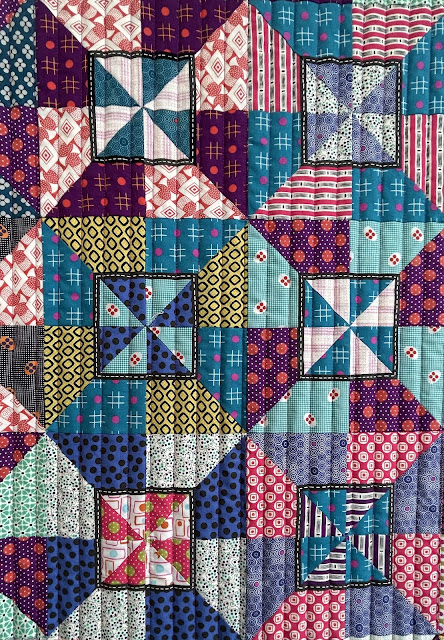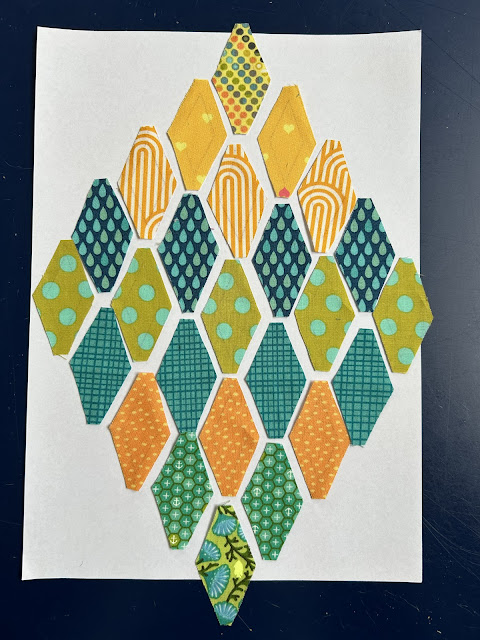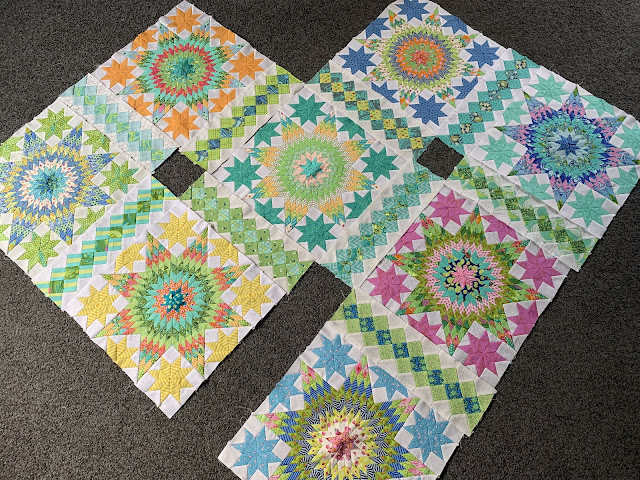It's the end of the year and time to look back at what I made in 2024.
The first few months on the year were spent finishing my Kokomo quilt (Stars Upon Stars). Our guild's exhibition in May was the motivation I needed to get going and finish it. I started it at the beginning of 2020, so it deserved to be finished, but going from a bunch of blocks to a finished hand pieced and hand quilted quilt in just five months took a lot of dedication.
During that time I also hand quilted Last Christmas:
And managed to finish up Faith:
And Purple Zone:
After our exhibition I took a break for a while but made some baby quilts for my niece's new baby and toddler, and then went to Quilt Symposium in Cambridge, NZ.
After Symposium I had another burst of creativity and made:
and the non retirement quilt
So once again I've had a productive year. I'm lucky that I have a part time job with flexible hours so I have plenty of time for quilting.
Of course I have lots of quilting plans for 2025 already. First up there's all those things that didn't get finished in 2024, but there's also a brand new Kaffe quilting already cut out and just waiting for me to get back from holiday.
Thank you to everyone who reads my posts, and to all the people who leave comments. Merry Christmas and Happy New Year to you all.




















































